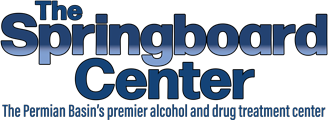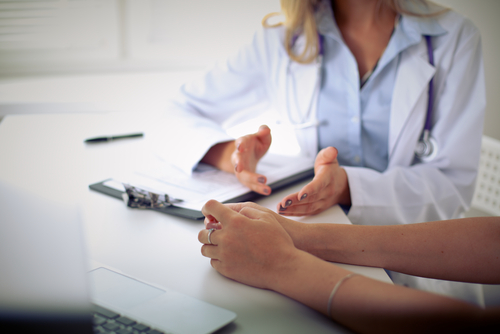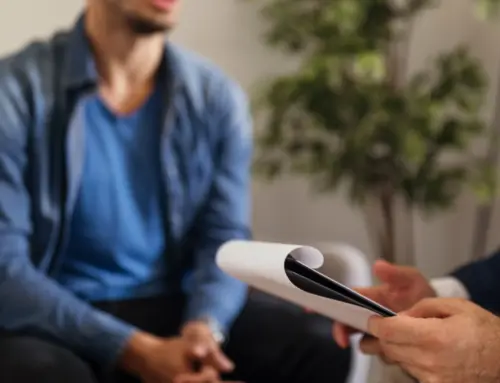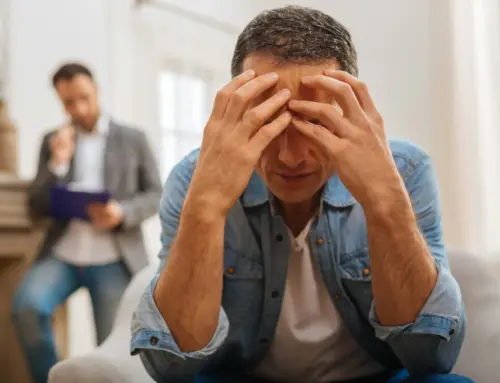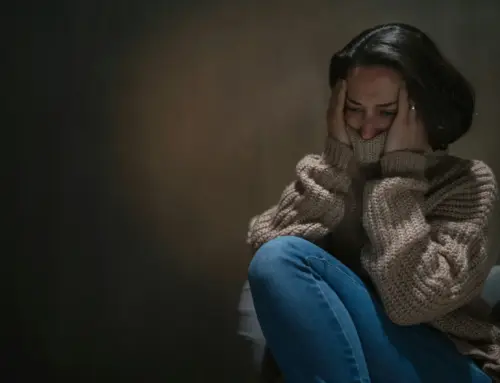Narcan, or naloxone, is an antidote to opioid overdose. It binds strongly to opioid receptors in the brain, dislodging the opioid drugs. Someone in the midst of an opioid overdose usually comes around within minutes of receiving a dose–or sometimes two–of naloxone.
There were an estimated 60,000 deaths from opioid related fatal overdoses in the US in 2017. In an effort to combat this crisis, many people, including US Surgeon General Jerome Adams, have advocated making naloxone as widely available as possible. Police and other first responders carry naloxone in most areas. Family members of opioid addicts can usually get a prescription for naloxone, and more recently, pharmacies, such as CVS and Rite Aid provide naloxone without a prescription in about 30 states.
While naloxone certainly saves lives, some critics say it also enables addiction. Someone addicted to opioids can overdose, be revived, and resume using, only to eventually overdose again. Maine’s Republican governor Paul LePage vetoed a bill that would make naloxone available in his state without a prescription, saying the bill would create “a situation where an addict has a heroin needle in one hand and a shot of naloxone in the other produces a sense of normalcy and security around heroin use that serves only to perpetuate the cycle of addiction.”
Certainly, some addicts continue to use after surviving an overdose. Opioids, and especially heroin, are hard to quit, and many areas of the country lack adequate resources for effective addiction treatment, especially for lower income people. In Ohio, where the opioid problem is especially bad, one man in Dayton has been revived with naloxone 20 times. In response to cases like this, one city council member in Middletown, Ohio proposed limiting naloxone use to two strikes, saying, “We need to put a fear about overdosing in Middletown.”
Having to revive someone 20 times is shocking but it is also uncommon, if for no other reason than that overdoses are typically fatal before you make it to 20. Often, an overdose is a wakeup call that it’s time to get treatment. No one believes that naloxone is a solution to the opioid epidemic. We need many solutions at every stage of addiction, from prevention to support for people in recovery. Naloxone is only one measure at the extreme end of addiction–a last resort. While there is a chance it will only allow someone to continue using, there is also a chance it will allow someone to finally get treatment. You can’t get treatment when you’re dead.
Located in downtown Midland, The Springboard Center’s mission is to offer programs and services to treat alcohol and drug addiction treatment using an evidence based curriculum, 12 step programs, diet, nutrition, exercise, emotional, mental and spiritual development for a long recovery. For more information, please call us at 432-620-0255 as we are open 24 hours a day, 7 days a week.
